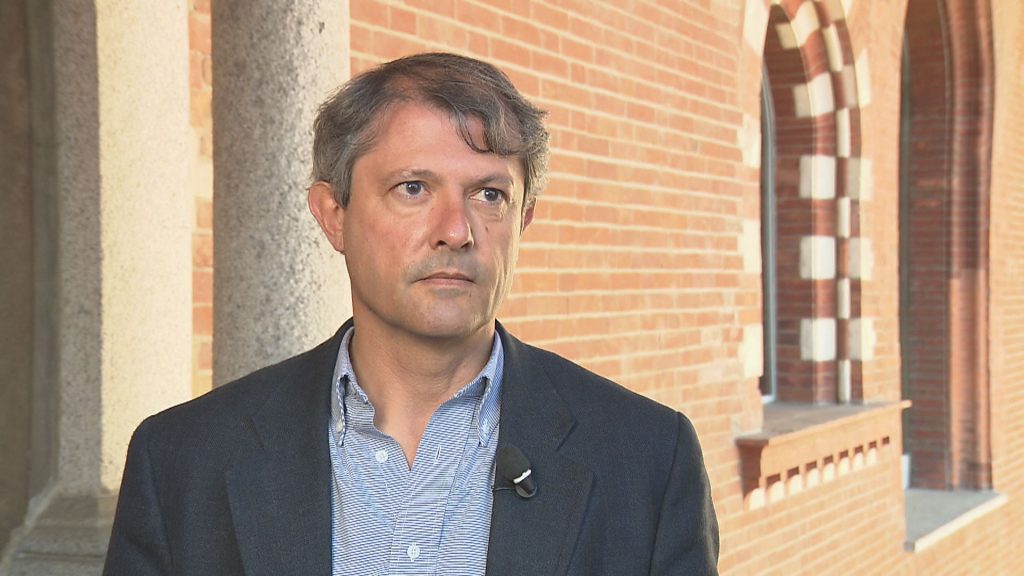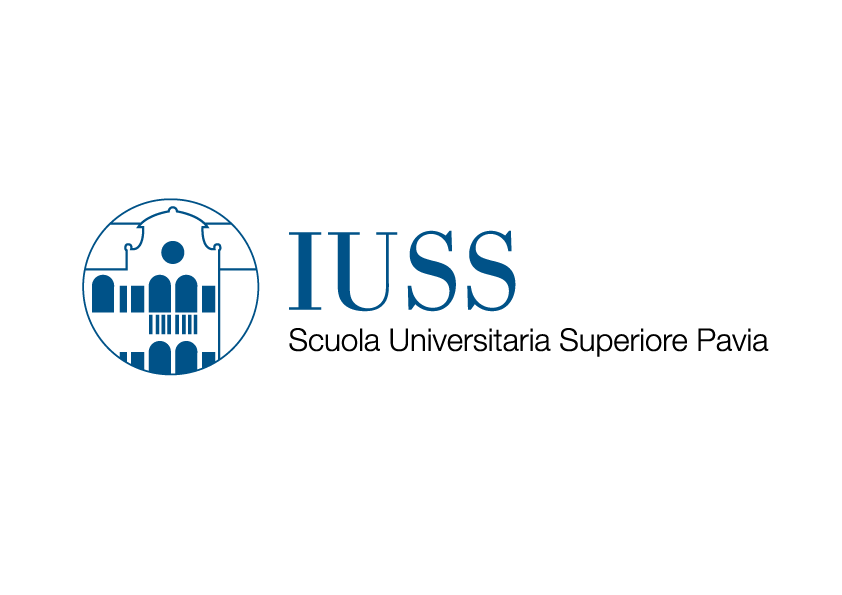
Prof. Paolo Bazzuro and his associates will visit Zagreb at the end of January 2023. Prof. Bazzurro will give a lecture on “Development of fragility curves for risk assessment of specific buildings with focus on ground motion selection techniques: dos and don’ts.” on25. 1. 2023, starting at 10:15, in the lecture hall VP at the Faculty of Civil Engineering in Zagreb, Kačićeva 26.. One of the main objectives of 2BESAFE project is to develop new fragility and vulnerability models for typical buildings in urban areas. We are therefore very grateful to host prof. Bazzurro and we look forward to attending his lecture.
Title: Development of fragility curves for risk assessment of specific buildings with focus on ground motion selection techniques: dos and don’ts.
Description: The concept of fragility curves has been first introduced in the 80’s for expressing a relationship between the intensity of earthquake ground motion experienced by a structure and the probability that the structure will end up in a certain limit state (say, serviceability or ultimate) or worse at the end of the shaking. Fragility curves have been widely used since. Regardless of the application, in the great majority of cases fragility curves are analytically developed by applying suites of ground motions to a finite element model of the structure under consideration. The reaching (or exceeding) the limit state is gauged on the basis of the severity of the structural demand induced. Several are the methodologies proposed in the engineering seismology community for conducting the battery of response analyses needed. However, no matter what the methodology is, the fragility curves are heavily dependent on the ground motions selected. A careless ground motion selection generates an unfit for purpose fragility curve. Until recently, however, this dependency has not been widely recognized and, as a consequence, not enough attention has been given to the ground motion selection technique adopted. This lecture will touch upon some of the ground motion selection techniques available and will discuss the pros and cons of each. The concepts discussed here are tailored for the development of fragility curves for risk assessment of specific buildings at given locations but they are also applicable to the design of new buildings.
Prof. Paolo Bazzurro
Ordinario di Tecnica delle Costruzioni
Scuola Universitaria Superiore IUSS Pavia
University School for Advanced Studies IUSS Pavia
Short bio: Paolo Bazzurro is professor of Earthquake Engineering and Risk Assessment at University School for Advanced Studies (IUSS) in Pavia. He earned his M.S., Engineer Degree, and Ph.D. in Civil Engineering at Stanford University where he has been part-time Consulting Assistant Professor from 2001 to 2005. Before joining IUSS, he gained more than 25 years of professional experience in Europe and United States dealing with risk assessment of monetary losses caused by natural events for corporate clients, insurance companies, reinsurance companies and brokers, sovereign and local governments and other public institutions. In this period he led projects dealing with the assessment of hazard and risk caused by earthquakes, hurricanes, flood and tsunami to a variety of onshore and off shore structures located in five continents. In this period, he worked for 11 years as a Principal Engineer and Director of Risk Engineering and Analysis at AIR Worldwide where he led the risk assessment work and contributed to the design of the final risk mitigation strategies in ground-breaking projects such as CatMex and MultiCat, which supported the issuance of insured-linked securities and more traditional insurance coverage for the Government of Mexico. He also carried out the risk assessment work for the Pacific Catastrophe Risk Assessment and Financing Initiative in the Pacific Region for the World Bank, which brought to fruition the first insurance facility in that region of the world. Over the years he has also led many research and application-oriented projects for prestigious organizations such as the United States Geological Survey, the Pacific Earthquake Engineering Research (PEER) Center, and the Earthquake Engineering Research Institute (EERI), for which he led the two damage reconnaissance missions after the 2002 Molise and 2009 L’Aquila Earthquakes. From 2009 to 2015 he was the Deputy Chair of the Scientific Board of the Global Earthquake Model (GEM) and members of several others international scientific and editorial boards. From 2013 to 2018 he has been a member of the Seismic section of the Great Risks Committee appointed by the Italian Prime Minister office. In the 2017-2020 period, Bazzurro was one of the four members of the Working Group for the Review of the Italian Probabilistic Seismic Hazard Maps”, which was appointed by the Italian Government to provide guidance to the Italian Department of Civil Protection. Since 2015 Bazzurro has been the Team Leader of the Risk management Specialist team hired by the Caribbean Catastrophe Risk Insurance Facility (CCRIF), which using the models developed by the team has provides more than 1bl USD coverage to more than 50ml people in the Caribbean and Central America via parametric insurance products related to earthquakes, tropical cyclones and excess rainfall events. Finally, he authored about 200 refereed publications in different engineering areas.


